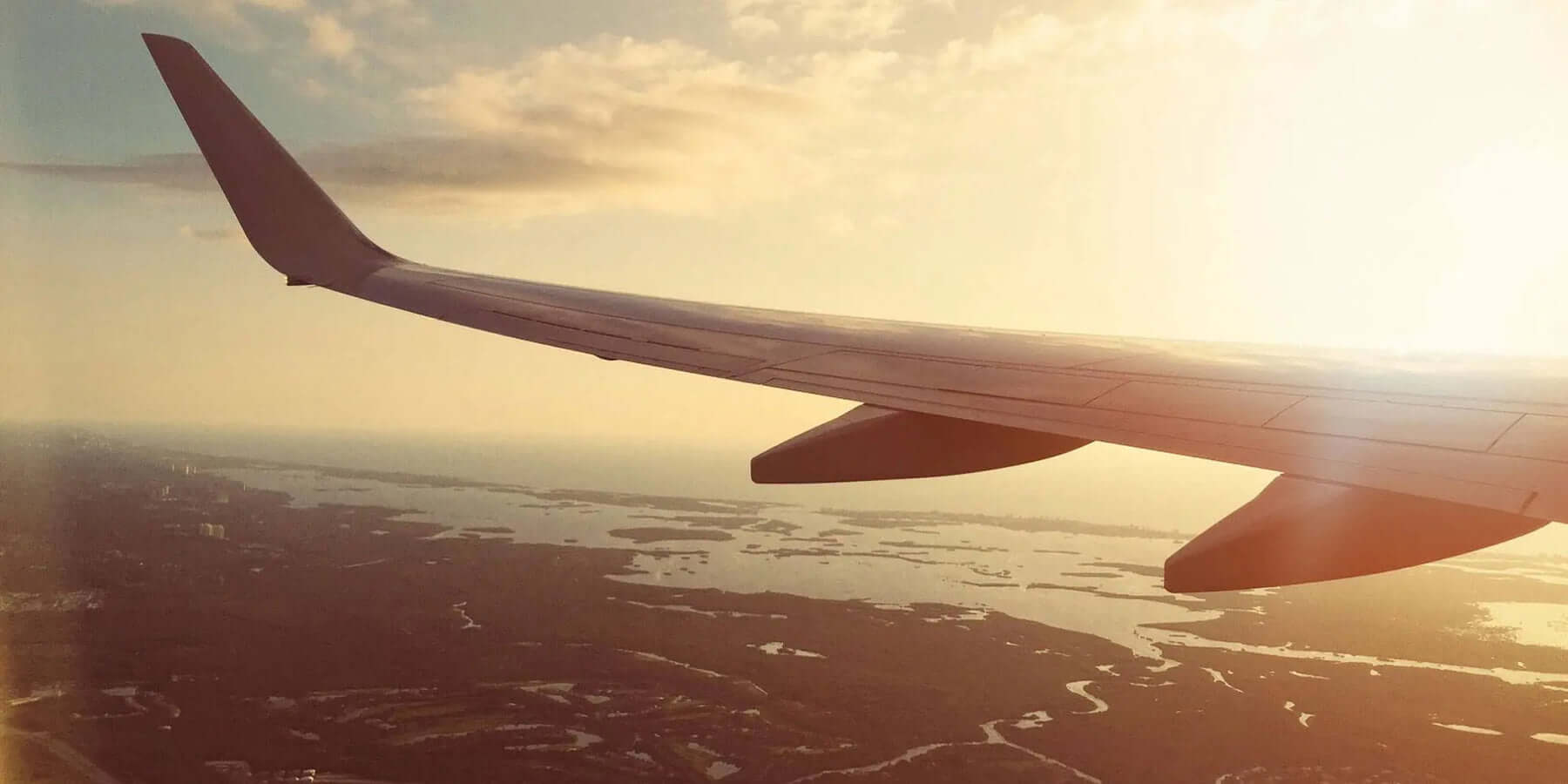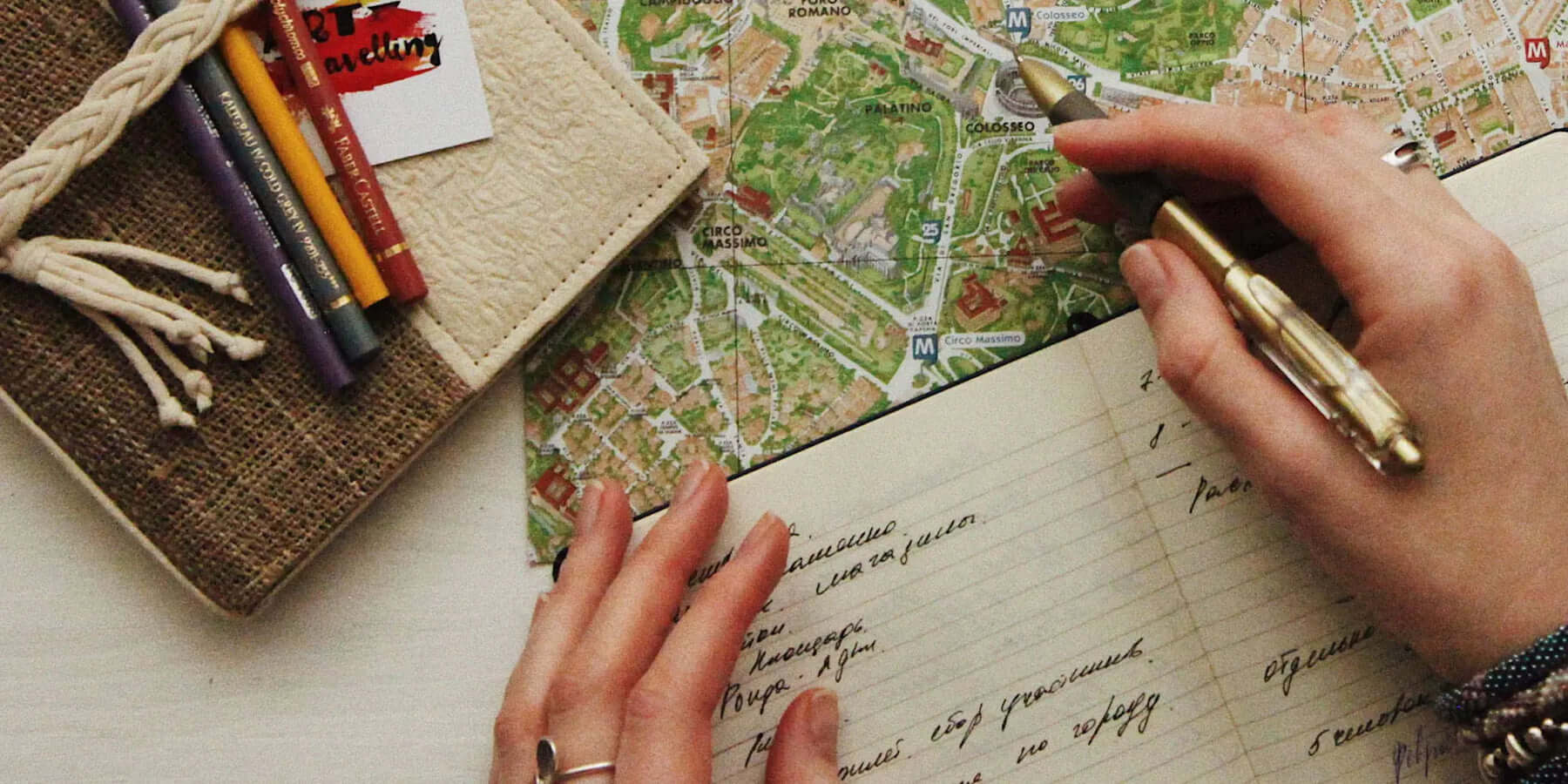Endless hours in a stuffy aircraft cabin can be a pain. But with a bit of preparation, you can fly long distances with ease. Follow our tips to help you fly smarter, so you touch down at your destination feeling relaxed and ready to take on the town!

Reserve a prime seat
When you are stuck in one seat for a long period of time, comfort is key. Choose your flight based on the amount of leg room, in-flight entertainment and food options.
Opt for exit row seats if you want more leg room. Avoid the front of the plane if you want to steer clear of crying children. Choose an aisle seat if you have to use the restroom often or a window seat if you want a place to rest your head and to enjoy the aerial views at takeoff and landing.
Seat Guru and ExpertFlyer are helpful tools which help you pick the perfect seat and alert you when your seat of choice becomes available.
Sync your sleep schedule
Many travelers slack on sleep the night before a flight - either from excitement or to tire themselves out in an attempt to sleep through the flight. This is a big mistake that can leave you feeling even more exhausted.
When traveling long distances, our internal body clock is thrown out of sync with the new destination’s time zone - the dreaded phenomenon known as jet lag.
There are ways to reverse the effects. Gradually change sleeping patterns before departure to acclimate your body. If heading east, try to go to bed one hour earlier each night for a few days. If heading west, try going to bed an hour later for a few days.
Check in early
Most airlines allow you to check in 24 hours ahead of time. The earlier you do so, the better boarding group you will be placed in. This is helpful when seats are unassigned and you get first dibs!
The TSA encourages you to arrive at the airport two hours prior to flight departure for domestic travel and three hours for international travel to allow time for check-in and security.
If you travel domestically often, consider getting TSA PreCheck which will expedite you through security in more than 130 domestic airports - saving you time and your sanity. Membership is just $85 for five years. If you frequently travel internationally, consider the Global Entry program to zip through U.S. customs with ease - just $100 for five years.
Pack smart
Here is the best packing list for a well-stocked carry on:
- Kindle: Preloaded with a library of books before takeoff.
- Sleep mask: To block the bright cabin lights and catch some Z’s.
- Noise cancelling headphones: To drown out your talkative neighbor.
- Portable battery charger: To keep your electronic devices juiced up.
- Reusable water bottle: To stay happy and hydrated.
- Protein dense snacks: To keep yourself satisfied in between meals.
- Inflatable neck pillow: To save your sanity if you wind up in the uncomfortable middle seat.
- Mini disposable toothbrush:To keep breath fresh in between coffees.
- Lightweight blanket: To keep you warm and help you sleep.
- Chewing gum: To prevent ear popping during takeoff and landing.
- Hand sanitizer: To remove germs after flipping through the in-flight magazine.
- Makeup wipes: To keep your face clean and fresh.
Stay hydrated
Cabin air on planes is extremely dry so keeping hydrated during travel is key. While it may mean extra trips to the lavatory, drinking lots of water before and during your flight can help fight jet lag and fatigue. Stash an empty bottle into your bag to fill up post-security. Also avoid too much caffeine and alcohol, which can have dehydrating effects.
Don’t forget about your skin! Apply a moisturizer to your face before takeoff. Frequently apply lip balm to prevent chapping and carry eye drops if you are prone to dry eyes.
Dress comfy
Choose a relaxed wardrobe for your in-flight attire. No shame in rocking leggings and a comfy sweatshirt. The plane can get chilly so bring a light scarf and cardigan to wrap up in. Slip-on flats or tennis shoes are practical options over sandals or heels.
Move around
Low air pressure in the airplane cabin can slow your circulation and create blood clots in the legs according to the CDC. Keep the circulation in your legs flowing by walking around the cabin every couple hours and by doing gentle calf exercises in your seat.
Make new friends
This tip all depends on who you are seated next to. But if you can strike up a conversation with your neighbor, you never know the interesting stories you may hear or the common connections you will make. If you meet someone exciting, the trip may literally fly by! ;)
Do you have tips to share on how to make the most of longer flights? We want to hear them over in For the Love of Travel.











Share:
Top Summer Road Trips To Take Across America
The Perfect Honeymoon Destinations for Daring Couples